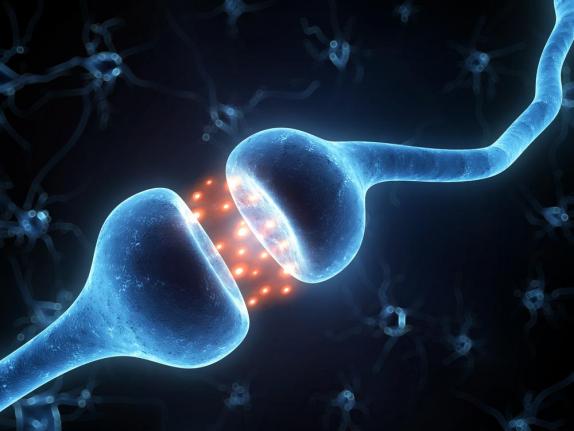EVANSTON, Ill., Aug. 12 (Stephen Feller) — Male and female brains function differently on a molecular level, researchers found while testing the effects of an anti-depressant drug.
While the study was conducted on mice, researchers at Northwestern University said the research is important because the drug they were working with, URB-597 — an anti-depressant that regulates a molecule important for the release of neurotransmitters — as well as others like it, are in clinical trials with humans.
“The importance of studying sex differences in the brain is about making biology and medicine relevant to everyone, to both men and women,” said Catherine S. Woolley, a professor of neurobiology at Northwestern University, in a press release. “It is not about things such as who is better at reading a map or why more men than women choose to enter certain professions.”
Tests on the drug were aimed at endocannabinoids, which regulate the amount of neurotransmitters released at brain synapses in the hippocampus and are involved with bodily processes that include memory, motivational state, appetite and pain.
In the study, published in The Journal of Neuroscience, the researchers found that URB-597 increased the effect of an endocannabinoid called anandamide to lower the release of neurotransmitters in female mice. In males, however, the drug had no effect. Researchers say circulating reproductive hormones were not at fault for the difference.
Researchers know brain disorders differ between men and women, however, uncertainty has remained whether those differences are biological or cultural. This study pinpoints a chemical difference in the brain between men and women.
To determine the cause of the difference, Woolley and her team used a series of electrophysiological and biochemical studies. The found the difference between the sexes in a particular molecular pathway, the interaction between the molecules ERalpha and mGluR1.
Wooley says studies, including those using animal tissue, need to include both sexes to find important similarities and differences.
“We are not doing women — and specifically women’s health — any favors by pretending that things are the same if they are not,” Woolley said. “If the results of research would be different in female animals, tissues and cells, then we need to know. This is essential so that we can find appropriate diagnoses, treatments and, ultimately, cures for disease in both sexes.”







